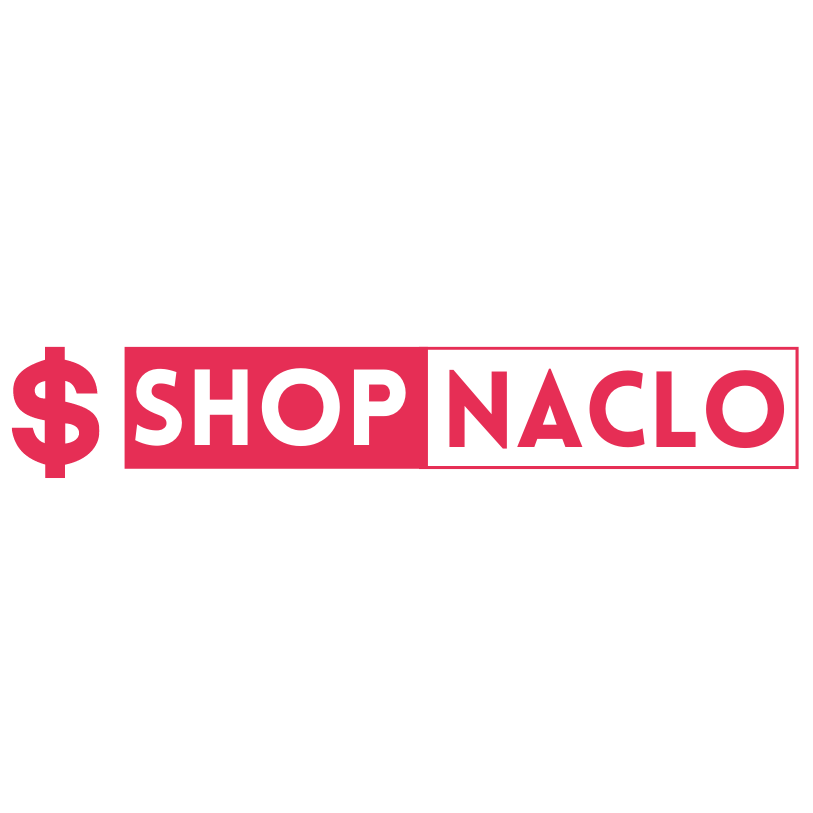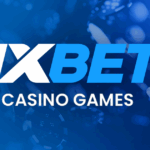Not only that Bitcoin has demonstrated its worth as a trendsetter that ushered in a plethora of cryptocurrencies developed on a decentralized network but it has also secured its place as a de facto standard, inspiring multiple dynamics and a relentless legion of followers worldwide. If we were to pinpoint the moment when Bitcoin truly caused people to question everything they thought they understood about money, finance, and trust, well, we’d find no shortage of turning points. Was it when a peer-to-peer network began moving value without banks? When early adopters suddenly become millionaires? Or when governments scrambled to regulate something, they could never control it? See, that is why we insist on clarifying that this leading cryptocurrency did not just create a new asset. It sparked a re-evaluation of the very foundation of what we consider value.
Furthermore, a whole new disruptive ecosystem has been created, with thousands of existing coins. New cryptos are being added every month, and regardless of the fact that the rate can fluctuate and not all of them are necessarily active or significant, one thing remains unquestionably valid: you have to check them out. Allow us to show you what you have been missing!
The First Bitcoin Alternative: Ethereum (ETH)
The primary goal of Ethereum was to create a decentralized package of financial instruments that could be easily accessed by everyone in the world, regardless of traditional criteria such as nationality, ethnicity, or faith. This aspect has definitely made the implications of Ethereum more compelling to people in some countries. Just imagine how it must have felt for them to go from no state infrastructure and no state identification to getting access to bank accounts, insurance, loans, and any other variety of financial products, you name it.
As for the latest news, Ethereum is trading around $3,300, showing a modest decline over the past month and remaining well-below its all-time high of approximately $4,955, reached in November 2021. And although it is not poised to make you rich, it still remains a better option for countless individuals to keep their money and potentially grow it, definitely at a higher rate than in a financial institution.
The First And Most Popular Of The Stablecoins: Tether (USDT)
As one of Tether’s most important characteristics is the attempt to disentangle price fluctuations, allowing it to draw in users who might otherwise approach it with the inherent cautiousness they reserve for other cryptocurrencies, we should first delve into the concept of stablecoins. Stablecoins essentially represent alternative cryptocurrencies that aim to correlate their value with a currency or other external references the market may offer, all to reduce the frequent periods of dramatic volatility that cryptocurrencies typically experience. So, yes, Tether was one of the first cryptocurrencies with a price straightforwardly tied to the US dollar, offering users a seamless exchange experience where they can make transfers from other cryptocurrencies back to US dollars in a manner that transcends the typical inconveniences that come with converting to standard currency.
As for the latest news, Tether’s flagship Stablecoin Tether (USDT) held a market capitalization of roughly $183 billion, making it the third-largest cryptocurrency by market value.

The “Ethereum Killer”: Solana (SOL)
Solana is often referred to as the “Ethereum killer” due to its distinctive architecture and performance advantages that directly address Ethereum’s known limitations. At its core, Solana combines Proof of Stake with its innovative Proof of History system, creating a high-speed blockchain capable of processing tens of thousands of transactions per second at a fraction of a cent in fees. Furthermore, beyond raw speed, Solana has cultivated a fast-growing ecosystem of decentralized finance platforms, NFTs, and Web3 apps, and while that does not necessarily mean that Solana is obsolete, it highlights how its design challenges Ethereum’s dominance, offering what many see as a faster, cheaper, and more secure blockchain.
As for the latest news, Solana is trading at approximately $186 USD, and it’s down in the last 24 hours, rather than up.
The Native Cryptocurrency Of The XRP Ledger: XRP
As your first natural thought regarding the subtitle you have just read may be “and who is the XRP Ledger exactly?”, it kind of becomes our responsibility to clear that up. The XRP Ledger appeared in 2012, seeking to improve Bitcoin’s limitations, with a particular attention on its energy-intensive mining process. From this foundation, the cryptocurrency XRP was created as the native asset of the Ledger, designed with a built-in supply of 100 billion tokens that were released gradually into the ecosystem by its creators. Where Bitcoin was so often compared to “digital gold”, XRP positioned itself as a tool for financial institutions, empowering individuals to move money more efficiently, in real time. Consequently, this focus on utility rather than speculation gave XRP a distinctive place in the broader cryptocurrency ecosystem, shaping its role as both a digital asset and the fuel that powers transactions on the ledger.
As for the latest news, XRP is trading at approximately $2.24, and while institutional momentum surrounds its network backbone Ripple Labs, the claim that XRP has been formally included in a U.S. strategic crypto reserve alongside Bitcoin, Ethereum, and Solana remains unconfirmed. The cited plans establish a proposed “digital asset stockpile” rather than a fully executed government-reserve portfolio.
Concluding Remarks
See, it doesn’t matter if it is Bitcoin, Ethereum, Tether, Solana, or XRP. They are all distinctively important, offering you versatile avenues for both innovation and growth. As an adequate conclusion for all the information mentioned above, you should know that:
- Bitcoin is for those who seek safety and long-term value preservation.
- Ethereum appeals to innovators and developers who want to build decentralized applications or explore the potential of smart contracts.
- Tether is suited for cautious investors who prioritize stability.
- Solana attracts speed-focused traders.
- XRP is ideal for individuals seeking efficient cross-border payments and real-world financial utility.
Or at least, this is the stereotype.



